Cefaclor
✅ Fights bacterial infections
✅ Treats respiratory infections
✅ Combats skin infections
✅ Relieves urinary tract infections
✅ Clears ear infections
Distaclor contains Cefaclor.
Product Overview
Distaclor is an antibiotic medication containing the active ingredient Cefaclor. As a second-generation cephalosporin antibiotic, it is clinically proven to combat various bacterial infections by inhibiting bacterial growth. Available in multiple formulations including tablets, capsules, and oral suspension, Distaclor offers dosing flexibility for patients of different age groups and clinical needs.
Indications
Distaclor is indicated for the treatment of diverse bacterial infections affecting the respiratory system (pneumonia, bronchitis, sinusitis), skin and soft tissues, urinary tract, and middle ear (otitis media). Its broad-spectrum activity makes it effective against both gram-positive and gram-negative bacterial pathogens.
Administration Guidelines
Take Distaclor exactly as prescribed by your healthcare professional. The medication can be administered with or without food, though consistent timing is recommended for optimal absorption. Tablets and capsules should be swallowed intact with adequate water. Treatment duration and dosage are determined by infection type, severity, and patient-specific factors.
Mechanism of Action
Distaclor exerts its bactericidal effect by disrupting bacterial cell wall synthesis. The active component, Cefaclor, binds to penicillin-binding proteins, inhibiting the transpeptidation process in peptidoglycan synthesis. This action compromises bacterial cell wall integrity, leading to osmotic instability and subsequent bacterial cell lysis.
Dosage Protocol
Dosage regimens are individualized based on infection characteristics, patient demographics (age/weight), and renal function. Standard administration involves divided doses taken 2-3 times daily to maintain effective serum concentrations. Complete the entire prescribed course even if symptoms resolve earlier to prevent antibiotic resistance.
Therapeutic Advantages
Distaclor provides clinically significant benefits including:
– Broad-spectrum antimicrobial coverage
– Multiple formulation options for patient-specific needs
– Established efficacy in pediatric and adult populations
– Convenient oral administration promoting treatment adherence
Adverse Effects
Common adverse reactions may include:
– Gastrointestinal disturbances (nausea, vomiting, diarrhea)
– Abdominal discomfort
– Dermatological reactions (rash)
Most side effects are transient and self-limiting. Seek immediate medical attention for severe reactions including anaphylaxis, pseudomembranous colitis, or hepatobiliary dysfunction.
Precautions
Important safety considerations:
– Disclose complete medical history, especially regarding allergies, renal impairment, or GI disorders
– Contraindicated in patients with cephalosporin hypersensitivity
– Not effective against viral infections (e.g., influenza, common cold)
– Complete full treatment course to prevent resistance development
Storage Conditions
Proper storage recommendations:
– Maintain at controlled room temperature (15-30°C)
– Protect from moisture, heat, and direct light
– Keep securely closed in original packaging
– Store out of children’s reach
– Dispose expired/unused medication per local pharmaceutical waste guidelines
Medical Disclaimer
The information provided is for educational purposes only and represents current medical knowledge at the time of publication. This content does not replace professional medical advice, diagnosis, or treatment. Consult your healthcare provider for:
– Complete safety information
– Potential drug interactions
– Individualized treatment recommendations
– Management of adverse effects
This resource aims to supplement, not substitute, the essential relationship between healthcare providers and patients.
| Strength | 500 mg |
|---|---|
| Quantity | 30 Capsule/s, 60 Capsule/s, 90 Capsule/s |
| Pharma Form | Capsule/s |
| Manufacturer | Menarini |
| Treatment | Bacterial infections |
| Generic Brand | Cefaclor |
 Cefaclor
Cefaclor









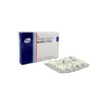
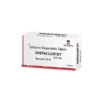
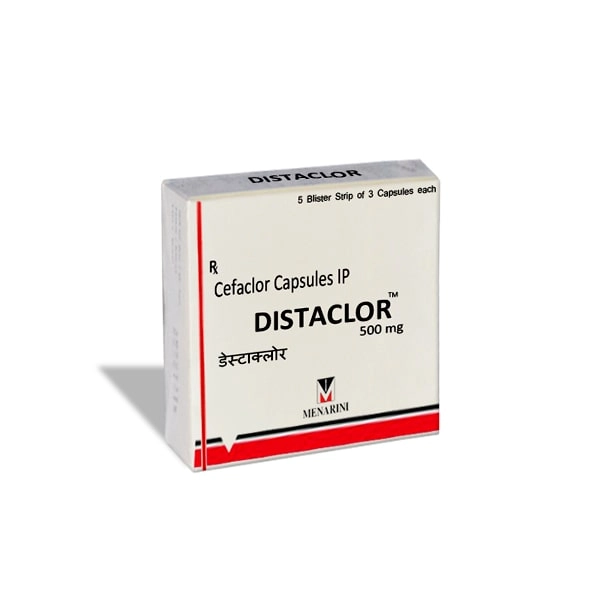
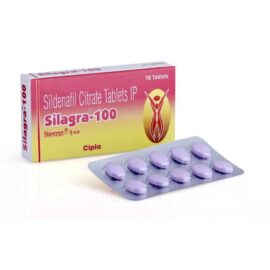
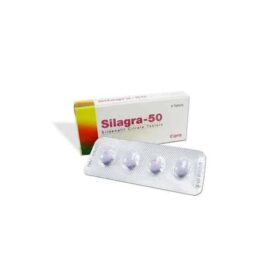
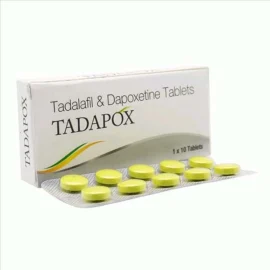
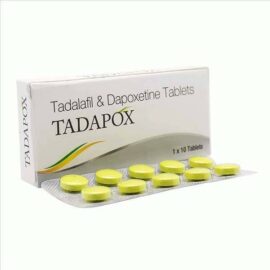




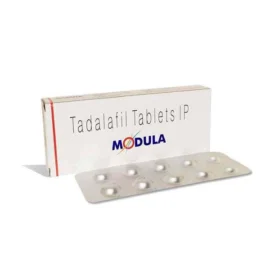
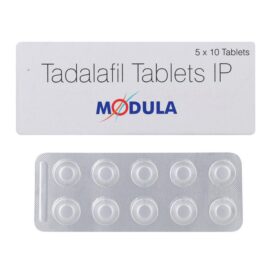
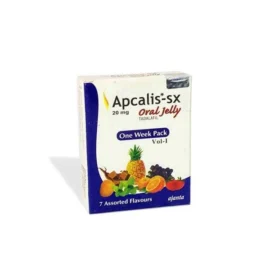
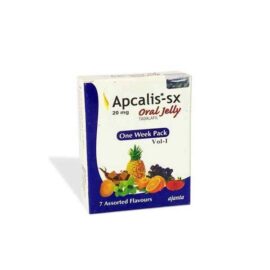


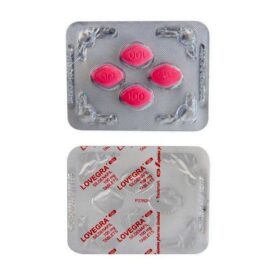
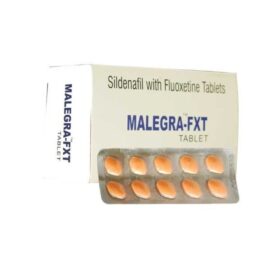

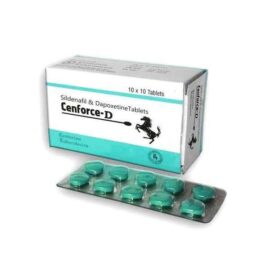
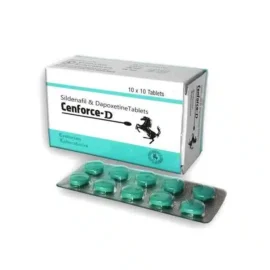

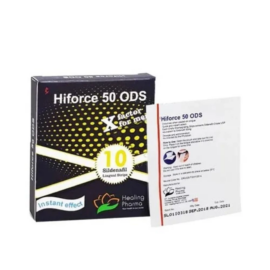
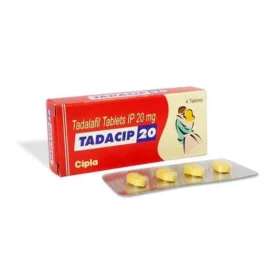
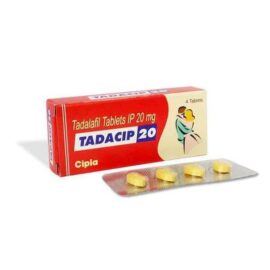
Reviews
There are no reviews yet